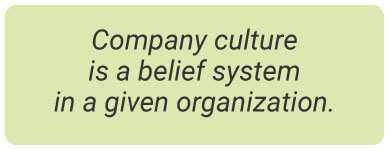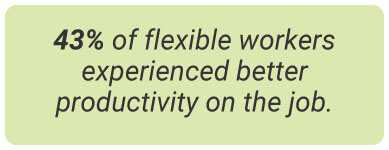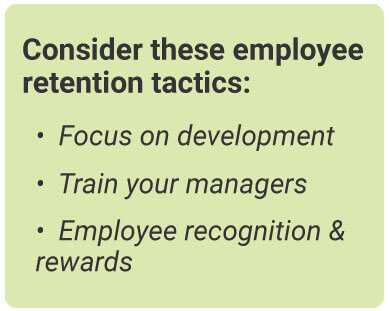Practices To Help Improve Company Culture
By Erika Rahman
August 23, 2022

Company culture vs. organizational culture vs. work environments

Simple methods of improving company culture
1. Flexible work

2. Employee experiences
3. Employee recognition
4. Employee retention

5. Employee satisfaction
Build a culture you can be proud of with Motivosity
Sources:
About the Author

Erika Rahman is the Content Marketing Specialist at Motivosity. She studied marketing and business management at Utah Valley University. Erika has a broad background, ranging from optometry to trade school administration, giving her a love and understanding for people across industries. She grew up in Northern California and Colorado, and currently calls the Utah slopes home.
Learn More
Learn More





